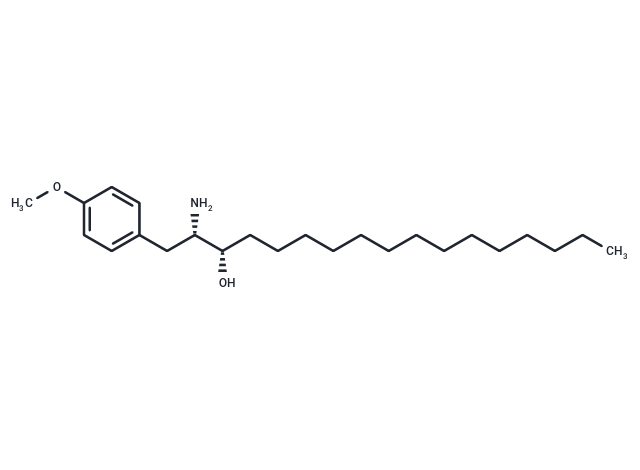Shopping Cart
Remove All Your shopping cart is currently empty
Your shopping cart is currently empty
Autophagy Inducer 3 is a chemical compound that exhibits autophagy-induced activity, specifically inducing robust autophagic cell death in various cancer cells while sparing normal cells. This compound induces lethal autophagy through the formation of distinct autophagic vacuoles, LC3 puncta formation, and upregulation of signature autophagy markers such as Beclin and Atg family proteins [1].

| Pack Size | Price | USA Warehouse | Global Warehouse | Quantity |
|---|---|---|---|---|
| 25 mg | $734 | 6-8 weeks | 6-8 weeks | |
| 50 mg | $954 | 6-8 weeks | 6-8 weeks | |
| 100 mg | $1,530 | 6-8 weeks | 6-8 weeks |
| Description | Autophagy Inducer 3 is a chemical compound that exhibits autophagy-induced activity, specifically inducing robust autophagic cell death in various cancer cells while sparing normal cells. This compound induces lethal autophagy through the formation of distinct autophagic vacuoles, LC3 puncta formation, and upregulation of signature autophagy markers such as Beclin and Atg family proteins [1]. |
| In vitro | Autophagy inducer 3 (compound 26b), at a concentration of 10 μM over 48 hours, significantly reduces cell growth across various breast, lung, and colon cancer cell lines. Its antiproliferative effects are observed in specific colon cancer cell lines including COLO-205, LOVO, HT-29, DLD-1, SW48, and SW-620, with IC50 values ranging from 1.86 μM to 4.46 μM, while demonstrating minimal cytotoxicity in normal human colon fibroblasts (CCD-18Co) with an IC50 exceeding 10 μM. Notably, at 7.5 μM for 18 hours, this compound triggers non-apoptotic cell death in DLD-1 cells, indicated by cellular granularity via vacuole formation, an increase in Annexin-V positive cells, PARP cleavage, and a significant upregulation of core autophagy markers including Beclin-1, Atg3, Atg5, and Atg7. Additionally, cell proliferation assays reveal that at a 10 μM dose, this compound effectively inhibits cell growth in diverse cancer cell lines, including MCF-7, MDA-MB-231, DLD-1, HT-29, A549, and NCI-H358, with inhibition rates between 89.28% and 97.66%. In colon cancer DLD-1 cells, a 7.5 μM concentration notably promotes intracytoplasmic vacuole accumulation and robustly induces classical autophagy marker expression. |
| Molecular Weight | 377.6 |
| Formula | C24H43NO2 |
| Cas No. | 2691054-63-2 |
| Smiles | C([C@@H]([C@H](CCCCCCCCCCCCCC)O)N)C1=CC=C(OC)C=C1 |
| Storage | Powder: -20°C for 3 years | In solvent: -80°C for 1 year | Shipping with blue ice/Shipping at ambient temperature. |
| Size | Quantity | Unit Price | Amount | Operation |
|---|

Copyright © 2015-2026 TargetMol Chemicals Inc. All Rights Reserved.